Previous
In praise of the armchair


Your dream house is one step away from you.
Subscribe to our newsletter and get 10% off orders of at least £100,00!
Enjoy it and don’t miss out on our offers and updates.


The third week of June 1989; Aspen, Colorado, USA. A single group photo captures the history of Italian design. Among others, Achille Castiglioni, Gae Aulenti, Mario Bellini, Andrea Branzi, Alberto Alessi Anghini, Italo Lupi, Ettore Sottsass and Aurelio Zanotta. Perhaps it’s not exactly the whole history of design, but it’s at least half of it.
It’s an unforgettable week: the week of The Italian Manifesto, or The Culture of the 999 Cities. As part of the International Design Conference in Aspen (IDCA) - which, inspired by Bauhaus philosophy, encouraged collaboration between art, design and business - Aurelio Zanotta presented for the first time what would become the ambitious goal of the firm he had founded: to produce both profit and culture at the same time.
Zanotta’s claim might appear to be an untenable position, an ideal that’s impossible to achieve and slightly sycophantic on both fronts, both culture and profit. But that’s not the case for the man who brought to light - and to market - what has been dubbed Radical Design.
It’s not the case if it’s said by the person who accepted and took into production a tractor seat and a bicycle saddle, turning them into design icons Mezzadro and Sella, because he understood the Castiglione brothers’ symbolism and social commentary. Not if it’s said by the man who decided to produce Quaderna, the check-design table conceived by the sixties’ most radical group of architects: Superstudio.
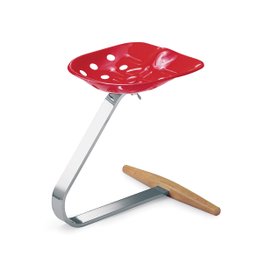
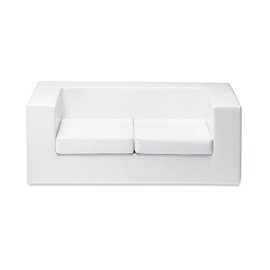
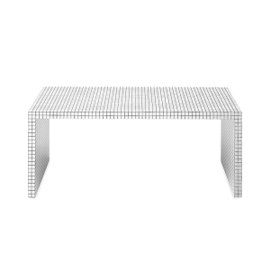
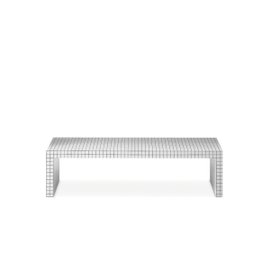
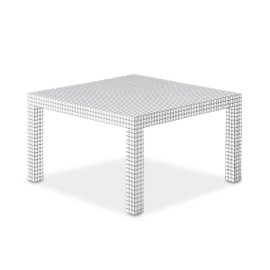
And not if it’s a claim made by someone who saw a sofa in a friend’s house in London - a single piece in polyurethane and without sharp edges, for the children’s sake - immediately grasped the revolution concealed within a creative domestic design, and began producing the Throw-Away sofa. Someone who invested in the production of a piece like Bruno Munari’s Chair for very brief visits - called Singer - a chair in perspective, impossible to sit on.

You know bean bags? Sacco was the first one. And it’s a weird and wonderful story, halfway between sixties enthusiasm and the life of a startup. Piero Gatti, Cesare Paolini and Franco Teodoro were three unknown designers from Turin. They’d been knocking on doors for months, but nobody was convinced by their idea.
They were doing the rounds with a plastic sack four-fifths filled with little polystyrene balls. The funny thing was, when they presented it, they said they’d invented an armchair.


Today we know those three nobodies from Turin were right. Sacco was a momentous revolution, even commemorated - ironically - by Italian cinema, with Paolo Villaggio in a scene that’s unforgettable for many people, representing a changing world and the difficulty of keeping up. But just think, what if three strangers had turned up at your door back then, claiming that a plastic bag full of plastic was not only a designer item, but a new idea for an armchair?

However, Zanotta is not only the history of Italian design; it’s also the present. Open to international collaboration, still capable of surprising, astonishing. Iconic as ever, with its essential minimalism.
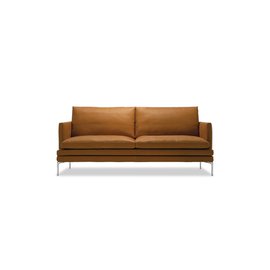
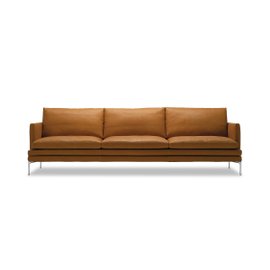
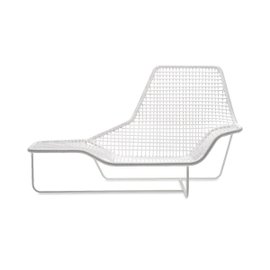

Furniture
Zanotta
Achille - Pier Giacomo Castiglioni
The best of Design
Willie Landels
Superstudio
Tables & Chairs
Piero Gatti - Cesare Paolini - Franco Teodoro
Damian Williamson
Outdoor
Ludovica e Roberto Palomba
Marco Zanuso

 Back to
Back to
Size*
Quantity*




